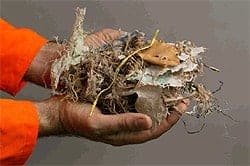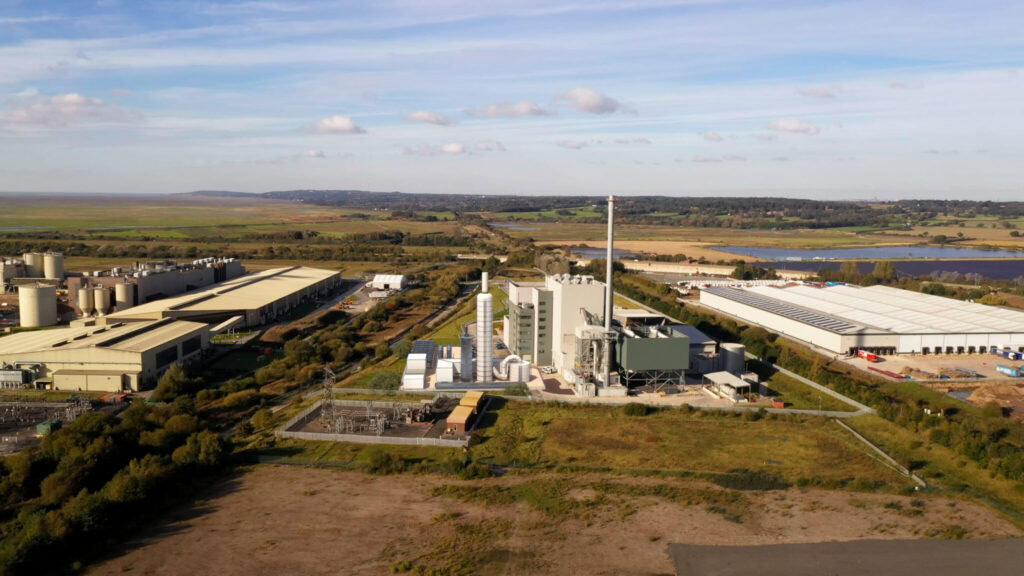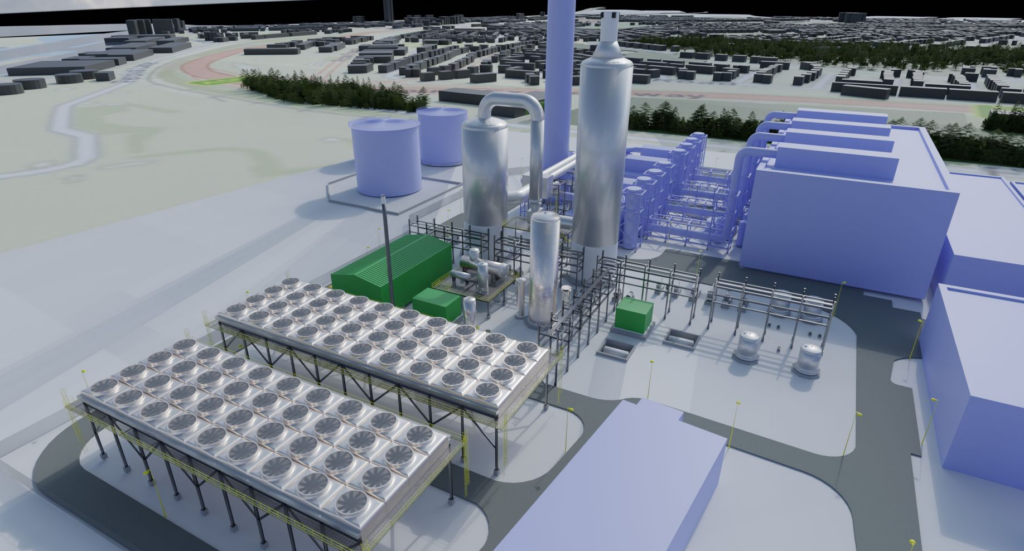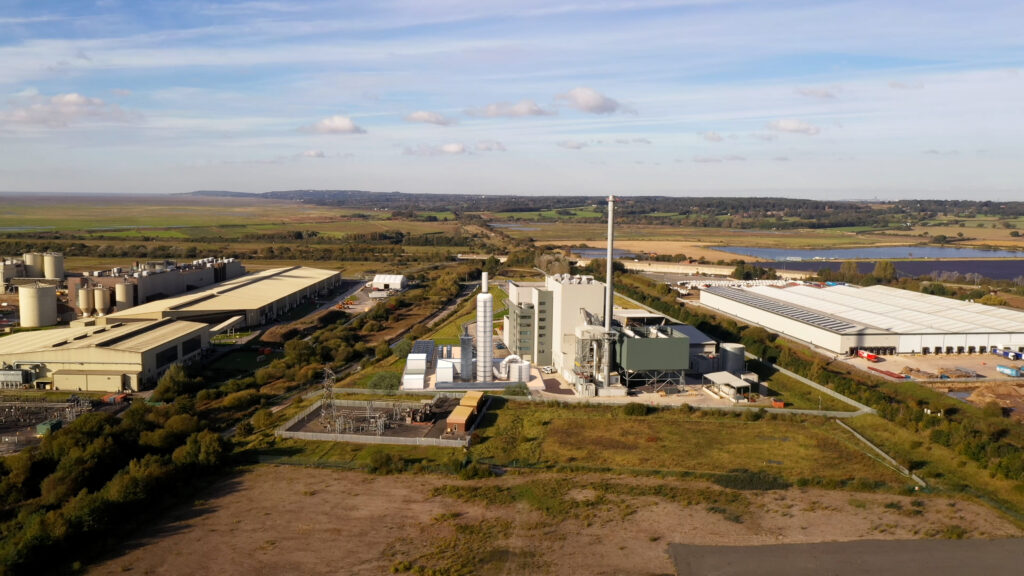More investment is needed in EfW capacity in the UK if greater volumes of waste are to be diverted from landfill, according to waste sector trade body the Environmental Services Association (ESA).

The comments came in response to figures published by the Environment Agency last week (October 15) which showed that England and Wales sent 7.1 million tonnes of waste to incineration facilities in 2012.
In addition, the Agency published landfill data for 2012 which showed that the amount of waste sent to landfill has fallen from 46.9 million tonnes in 2011 to 44 million tonnes in 2012.
Speaking to letsrecycle.com, ESA economist Jacob Hayler said the UK needs more capacity to treat residual waste, as shown by a recent CIWM investigation into the commercial and industrial market (see letsrecycle.com story), meaning more investment in infrastructure is needed.
The amount of waste sent to incineration was three million tonnes below the available annual capacity of 10.4 million tonnes available to treat municipal, commercial and industrial, hazardous and clinical waste as well as animal by-products and sewage sludge.
Mr Hayler said this shortfall was normal as facilities often operate at 85% of capacity to allow time for routine and sometimes unplanned maintenance. It is normal for all facilities/technologies to operate at below capacity. We would expect EfW availability rates to be around 85%. This includes downtime for routine maintenance etc. as well as unplanned stoppages.
Export
However, he added that while growing export markets for refuse derived fuels (RDF) had not contributed to this shortfall, they may make it more difficult to attract future investment in domestic EfW infrastructure in the future.
He said: The export of RDF is a useful option which is enabling the UK to divert material from landfill in the absence of domestic infrastructure. In the longer term, ESA hopes that the UK invests in new energy from waste capacity so that more of our landfill diversion is carried out closer to home.
With regards to industrial and commercial waste as well as municipal, England and Wales sent 5.1 million tonnes to incineration, below the available capacity of six million tonnes.
Defra
The data was published on October 15, just three days before Defra announced it was pulling 169 million in funding from the Kings Lynn energy-from-waste incinerator in Norfolk (see letsrecycle.com story). The Department said there was sufficient infrastructure in England to enable the UK to meet landfill targets without the Norfolk plant.
Commenting on the figures, a spokesperson from Defra added: There is no shortfall in the amount of waste going to incineration. We have been clear that incineration must not compete with recycling or ways of reducing the amount of waste we produce in the first place. If waste cannot be recycled or re-used, we want as much energy as possible to be recovered from it.









Subscribe for free